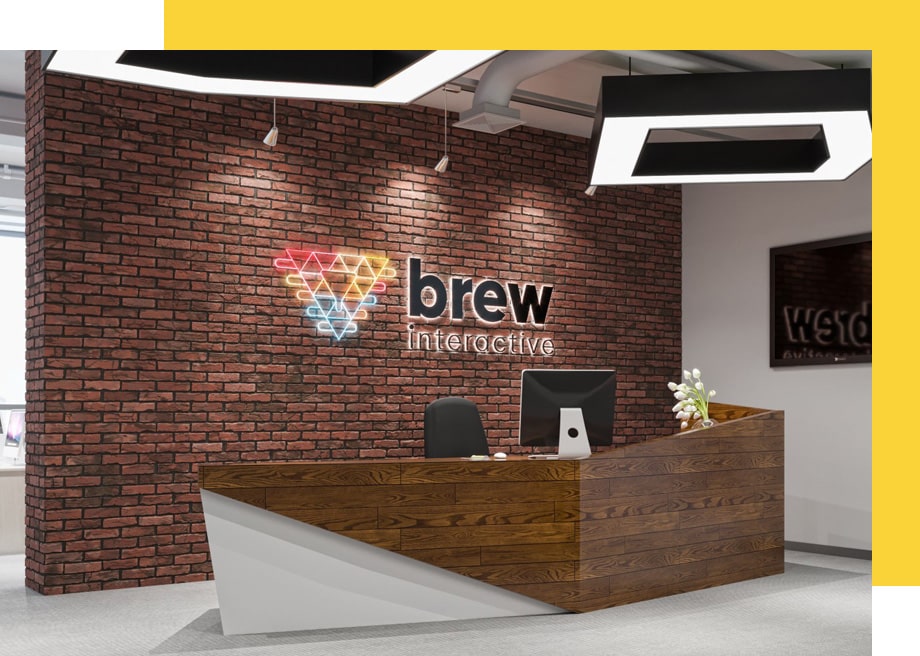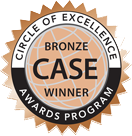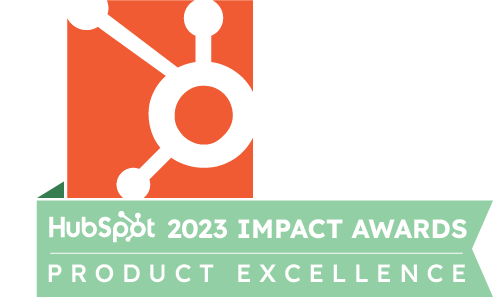Digital Marketing Agency in United States
Like Brewing a Great Drink, Digital Marketing Requires the Right Mix of Ingredients and Processes HOW WE CAN HELP





Brewing Magic
Accelerating growth with our clients
What Makes Our Agency Different?

A digital marketing agency for high growth companies
We don’t just execute, we come up with ideas for you
End-to-end digital agency
Unparalleled Marketing Expertise
No client is more important than you

Digital Marketing Services

Lead Generation
Feed your hungry sales team by paying only for every lead generated. No frills, nor hassles. We take care of everything else.

Search Engine Optimisation - SEO
Through keyword research, content production and white-hat optimisation strategies, we’ll improve your rankings on Google’s organic results so you can start gathering more traffic and leads

Social Media Marketing
Social media marketing in United States is a crucial strategy in staying connected with your audience. We’ll work with you to keep your social community engaged

Digital Advertising(Pay Per Click)
Since our agency was founded, we’ve spent over $25 million on paid advertising across all our clients. We have plenty of data of what works, and what doesn’t, which will save you time and money over any other agency.

Content Marketing
There is no more powerful way to get your message out online through content marketing in United States. Brew Interactive has a dedicated content creation team ready to start working on it, with the best SEO practices in mind.

Conversion Optimization
Turn more of your website visitors into customers. Our team of experts utilise the industry’s most cutting-edge tools and strategies to help convert your online visitors faster.

MarTech Solutions
We serve as an extension of your team to digitally transform your sales and marketing strategies. We do this by providing solutions on top of your CRM and marketing tools, such as Salesforce and HubSpot.

Digital Reputation Management
Your reputation is everything. Reverse or remove any negative listing of your brand or name on Google quickly.
Featured On:



About Brew Interactive
Since our agency was founded in 2009, we have had constant iterations to our agency model. We believe that we’ve finally managed to hit the “sweet spot” as an agency – incorporating the best aspects of a large agency and the flexibility of a boutique team to build profitable relationships with our clients.
Unlike smaller digital agencies in United States, we don’t believe in relying on templatised strategies. We create completely customised approaches based on your business goals and organisation boundaries. When necessary, we will re-strategise and pivot as your company evolves.
We also offer a much more conservative pricing compared to larger agencies, and we don’t work with any minimum budget.
Our goal as an agency is to become an extension of your marketing team to ensure a truly collaborative and profitable partnership.
About Brew Interactive

Since our agency was founded in 2009, we have had constant iterations to our agency model. We believe that we’ve finally managed to hit the “sweet spot” as an agency – incorporating the best aspects of a large agency and the flexibility of a boutique team to build profitable relationships with our clients.
Unlike smaller digital agencies in Singapore, we don’t believe in relying on templatised strategies. We create completely customised approaches based on your business goals and organisation boundaries. When necessary, we will re-strategise and pivot as your company evolves.
We also offer a much more conservative pricing compared to larger agencies, and we don’t work with any minimum budget.
Our goal as an agency is to become an extension of your marketing team to ensure a truly collaborative and profitable partnership.
We used to be in your shoes, so we know what you’re looking for
Before we started Brew Interactive as a digital marketing agency in United States, our founder, Marcus Ho, along with the folks on our senior management team were on your side of the table (either as entrepreneurs or marketing and content directors). Back then, we’ve worked with every type of marketing agency, ranging from creative agencies, to telesales call centres and digital/media agencies.
Sometimes, these partnerships yielded great results. But more often than not, it wasn’t a good fit. Sure, they had great sales people to talking to us, but after the contract was signed, we were immediately bummed off to their junior employees, who then had great difficulties in understanding our business goals, and the gaps that we were facing.
Through these experiences, we realised that there was an obvious gap in the agency world. Hence, we decided to build a digital agency that could collectively come up with the right strategy and the necessary skills to execute on every level. This is what Brew Interactive is about.

We used to be in your shoes, so we know what you’re looking for

Before we started Brew Interactive as a digital marketing agency in Singapore, our founder, Marcus Ho, along with the folks on our senior management team were on your side of the table (either as entrepreneurs or marketing and content directors). Back then, we’ve worked with every type of marketing agency, ranging from creative agencies, to telesales call centres and digital/media agencies.
Sometimes, these partnerships yielded great results. But more often than not, it wasn’t a good fit. Sure, they had great sales people to talking to us, but after the contract was signed, we were immediately bummed off to their junior employees, who then had great difficulties in understanding our business goals, and the gaps that we were facing.
Through these experiences, we realised that there was an obvious gap in the agency world. Hence, we decided to build a digital agency that could collectively come up with the right strategy and the necessary skills to execute on every level. This is what Brew Interactive is about.
FAQ
What is digital marketing?
What are the types of digital marketing?
How can digital marketing help my business?
How much does digital marketing cost?
What does a digital marketing agency do?
What’s it like working with Brew Interactive?
Our team is made up of only experienced digital strategists because we believe your success depends on more than just a methodology. No interns or cheap offshore staff whatsoever. We’re a fun-loving group with a humble and hardworking disposition. We care tremendously about the quality and impact of our work.
Do you want a $5,000 digital marketing audit for free?
Share with us your needs and learn how you can generate measurable results
from digital marketing. No obligations (it’s true!)
Recent Posts from our Blog
BREW INTERACTIVE
Digital Marketing Agency in Singapore, Malaysia and the US
SERVICES
SERVICES
- Search Engine Optimisation - SEO
- Digital Reputation Management
- Account Based Marketing
- B2B Marketing Agency
- AI Lead Generation
- AI Automation Agency
- Content Marketing
- Social Media Marketing
- Baidu
- Xiao Hong Shu
- Digital Marketing PSG Packages
- Sustainability and ESG Marketing Agency
- Financial Services and Fintech Marketing Agency
- Software as-a-Service (SaaS) Marketing Agency
- Technology Marketing Industry
- Healthcare Marketing Agency
- Education Marketing Agency
SUBSCRIBE
CONTACT US
Singapore Office:
111 North Bridge Road, #08-11, Singapore 179098 Malaysia Office:
Level 5, Guoco Tower, 6 Jalan Damanlela, Damansara City, Bukit Damansara, 50490, Kuala Lumpur
United States Office:
1228 E 7th Ave Suite 200, Tampa, FL 33605,
United States
info@brewinteractive.com



















